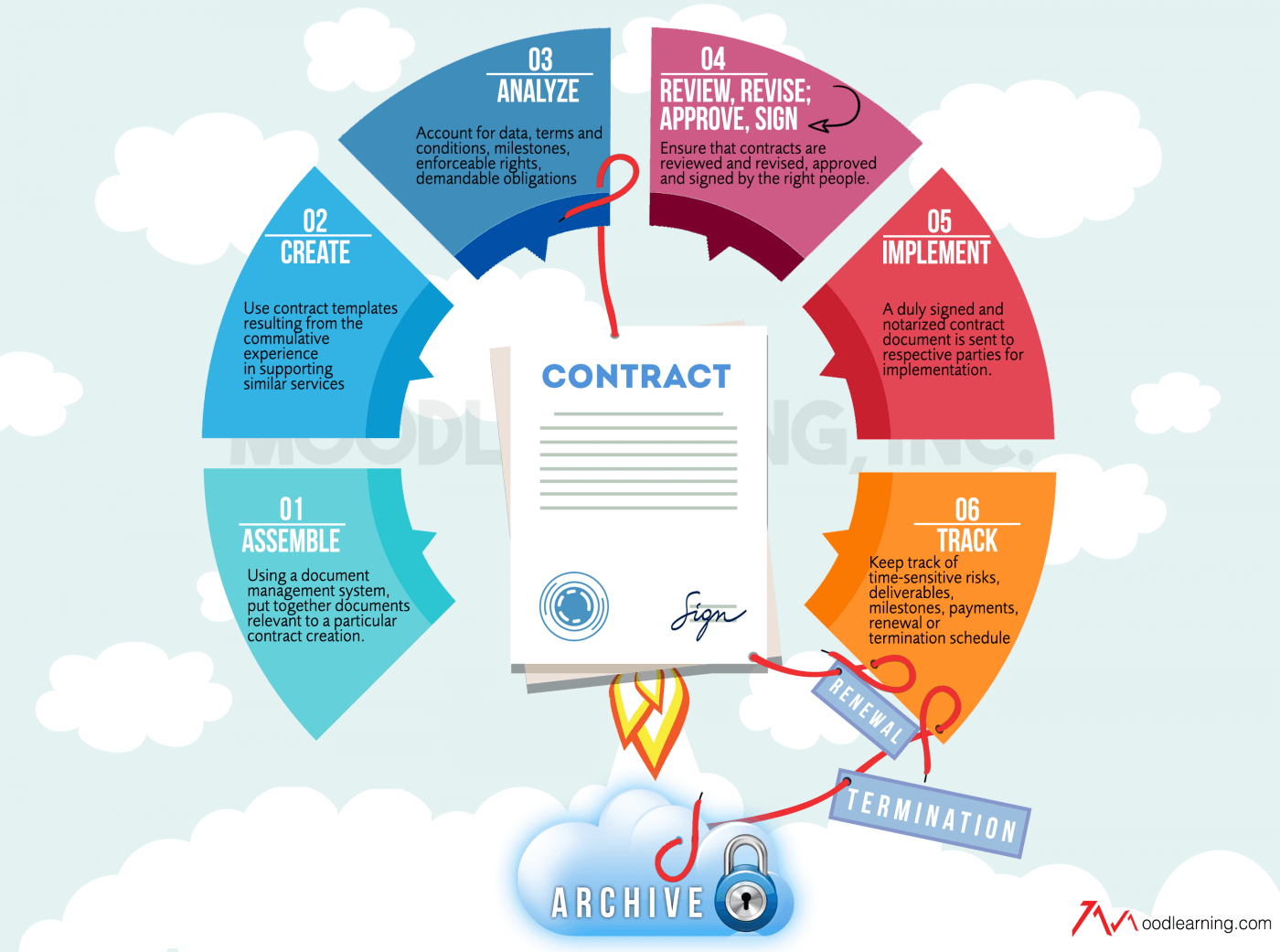Table of Contents
Contract Management
For small organizations in the Philippines, dealing with contracts might not seem a big deal. But imagine if you have to deal with tens or hundreds of contracts with suppliers and clients. Will you be able to keep track of deliverables and other terms of contracts? Will you be able to fulfill your obligations and ensure that your rights are enforced faithfully throughout the duration of the project or even beyond?
Why Contract Management System
- effective enforcement of business rules
- error minimization; savings from errors and potential penalties
- risk management: legal, financial, procurement, logistical risks need mitigation and management
- compliance with legal requirements, company policies, client requirements
- efficient enforcement of duties and responsibilities for contracting parties
- accurate forecast of expected revenue
- efficient billing and collection
- intellectual property (IP) protection
- improved chances of renewal
Contract Lifecycle
There are lifecycles and there are lifecycles. Each one does appear to have their unique set of “stages.”
At moodLearning, we tend to get rid of excess fats in the spirit of keeping our processes simple and our organization lean. Here's how we do it in terms of stages. But our clients may well consider our services in customizing this contract lifecycle to suit their needs. We'll customize our system for them.
- Assemble. Preferably using a document management system, put together all papers or documents relevant to the creation of a particular contract (business requirements from the client, previous similar contracts, etc.). Assemble the right references and expertise for the task. Point-person: staff
- Create. A contract may be created using a company template resulting from the commulative experience in selling and supporting a particular company product or service. New contracts need fresh input from business and project managers, especially on resources needed for better project estimates and project execution. It's also an opportunity to take a fresh look at pro forma clauses, terms and conditions. Special attention should be given to delivery schedules, reports, dependencies.
- Analyze. Account for information or data specifically important to the contract creation at hand, identified milestones, enforceable rights and demandable obligations, etc.) Point-persons: business manager, project manager.
- Review and Revise; Approve and Sign. Ensure that contracts are reviewed and revised, approved and signed by the right people. A review workflow needs to be established beforehand. Reviews need people with fresh eye, yet familiar with business and competing products and services. Your legal department would insist to be looped in here. The Board usually has designated signers of contracts.
- Implement. A duly signed and notarized contract document is sent to respective parties for implementation. At this stage, a document manager needs to validate the controlling copy of the contract whose project deliverables are communicated to the project managers on both the moodLearning and the client sides.
- Track. Keep track of risks, deliverables, milestones, payments, renewal or termination schedule. Set up an alert system, especially for time-sensitive risks. In tracking, indicators should be put in place to trigger renewal or archival of contracts. If the former, the cycle goes back to the Analyze stage to check for qualitative contextual changes that may impact the terms of the contract.
For more info on our Contract Management System, contact moodLearning at (+63 2) 652 6922 or at (+63) 917 137 8589.

